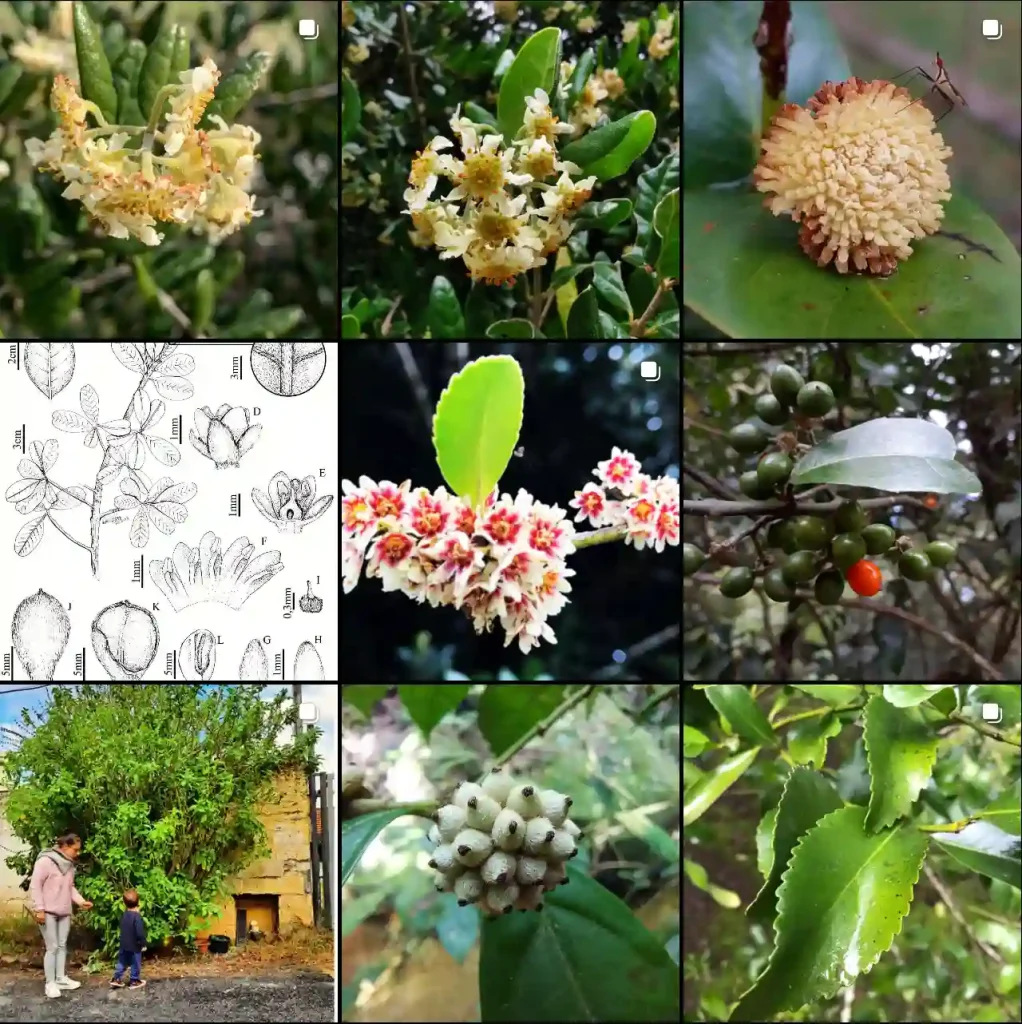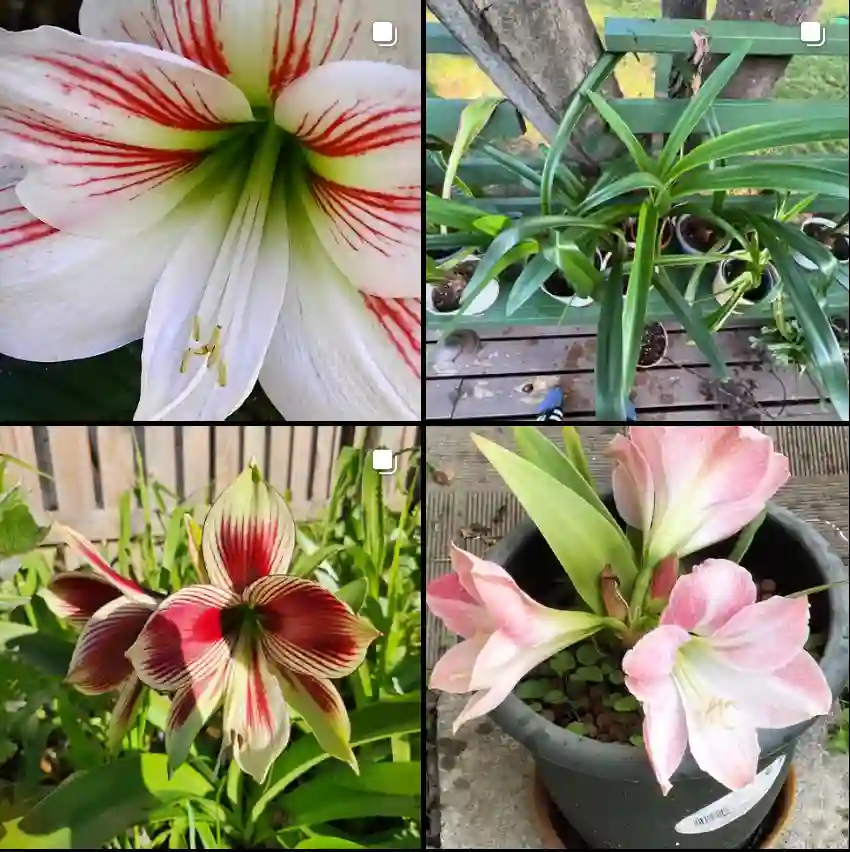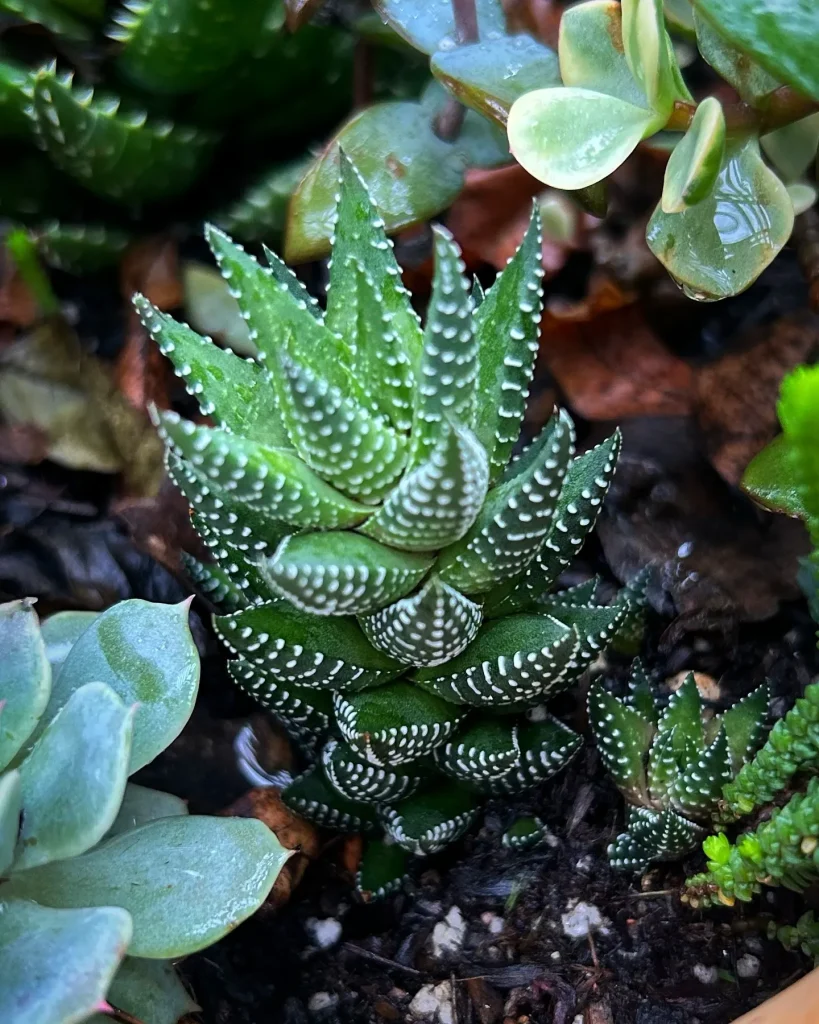What Is Handroanthus Impetiginosus?
Handroanthus Impetiginosus, commonly known as the Pink Trumpet Tree, is a striking tropical tree famous for its vibrant pink flowers. Native to South America, particularly Brazil and Paraguay, it belongs to the Bignoniaceae family. Its dazzling blooms, which appear in late winter or early spring, make it a popular choice for ornamental planting in tropical and subtropical regions.
Plant Family: 79 Genera in Bignoniaceae
How to Care for Handroanthus Impetiginosus?
Caring for Handroanthus Impetiginosus involves understanding its environmental needs and providing the right conditions for it to thrive. Here’s what I’ve learned from my experience:
- Sunlight: This tree loves full sun. Plant it in a location where it can soak up at least six hours of direct sunlight each day. In shadier spots, it may not flower as profusely.
- Soil: Well-draining soil is crucial. The tree prefers sandy or loamy soil with good drainage. Avoid heavy clay soils that retain water, as this can lead to root rot.
- Watering: Regular watering is important, especially during dry spells. However, it’s essential not to overwater. Let the soil dry out between waterings to prevent waterlogging.
- Temperature: Handroanthus Impetiginosus thrives in tropical to subtropical climates. It’s not frost-tolerant, so ensure it’s planted in regions that don’t experience freezing temperatures.
- Fertilizing: Feed the tree with a balanced fertilizer during its growing season to promote healthy growth and abundant flowering. I usually apply a slow-release fertilizer every few months.
How to Propagate Handroanthus Impetiginosus?
Propagation of Handroanthus Impetiginosus can be done through seeds or cuttings. Here’s the method that has worked well for me:
- Seeds: Collect seeds from mature pods. Soak the seeds in water for 24 hours before planting. Plant them in a well-draining potting mix and keep them warm and moist until they germinate, usually within a few weeks.
- Cuttings: Take semi-hardwood cuttings in late summer or early fall. Dip the cut ends in rooting hormone and plant them in a well-draining potting mix. Keep the cuttings in a humid environment until roots develop, which might take a few months.
What to Plant With Handroanthus Impetiginosus?
Companion planting can enhance the garden’s aesthetic and health. Here are some plants that pair well with Handroanthus Impetiginosus:
- Bougainvillea: The vibrant colors of Bougainvillea complement the pink flowers of the Pink Trumpet Tree beautifully.
- Palms: Planting palms around Handroanthus Impetiginosus can create a lush, tropical look that enhances its visual appeal.
- Ornamental Grasses: These can provide a nice contrast to the bold flowers and create a textured landscape.
- Hibiscus: Combining it with Hibiscus can add more color variety and contribute to a vibrant tropical garden.
Is Handroanthus Impetiginosus Toxic?
Handroanthus Impetiginosus is not known to be toxic to humans or pets. However, as with many plants, it’s a good practice to keep children and pets from consuming any part of it to avoid any potential issues.
Benefits of Handroanthus Impetiginosus
The Pink Trumpet Tree offers several benefits beyond its aesthetic appeal:
- Shade: Its large canopy provides excellent shade, making it a great choice for creating cool spots in the garden.
- Biodiversity: The flowers attract pollinators such as bees and butterflies, contributing to the local ecosystem’s health.
- Aesthetic Value: Its striking pink blooms and broad, glossy leaves make it a centerpiece in any landscape design.
Common Problems with Handroanthus Impetiginosus
While Handroanthus Impetiginosus is relatively low-maintenance, it can face some issues:
- Pests: Watch out for aphids and scale insects. Regular inspection and occasional insecticidal soap applications can help manage these pests.
- Diseases: Fungal infections, such as powdery mildew, can occur, especially in humid environments. Ensure good air circulation and avoid overhead watering to minimize the risk.
- Leaf Drop: This can occur if the tree experiences sudden changes in environmental conditions or if it’s not watered consistently.
How Does Handroanthus Impetiginosus Compare to Similar Trees?
Handroanthus Impetiginosus is often confused with other flowering trees like Tabebuia, as they belong to the same family. Here’s a comparison to clear things up:
- Tabebuia: While similar in appearance, Tabebuia trees usually have yellow or purple flowers. Handroanthus Impetiginosus stands out with its distinctive pink blooms.
- Jacaranda: Jacarandas also produce beautiful flowers but have a different blooming season and leaf structure. They tend to have blue or purple flowers compared to the pink of Handroanthus Impetiginosus.
Conclusion
Handroanthus Impetiginosus, or the Pink Trumpet Tree, is a remarkable addition to any garden, offering vibrant blooms and numerous benefits. With proper care, it can thrive and enhance your outdoor space with its stunning display. Whether you’re a gardening enthusiast or just starting, this tree can be a rewarding choice for creating a beautiful, tropical landscape.
If i die, water my plants!



